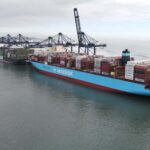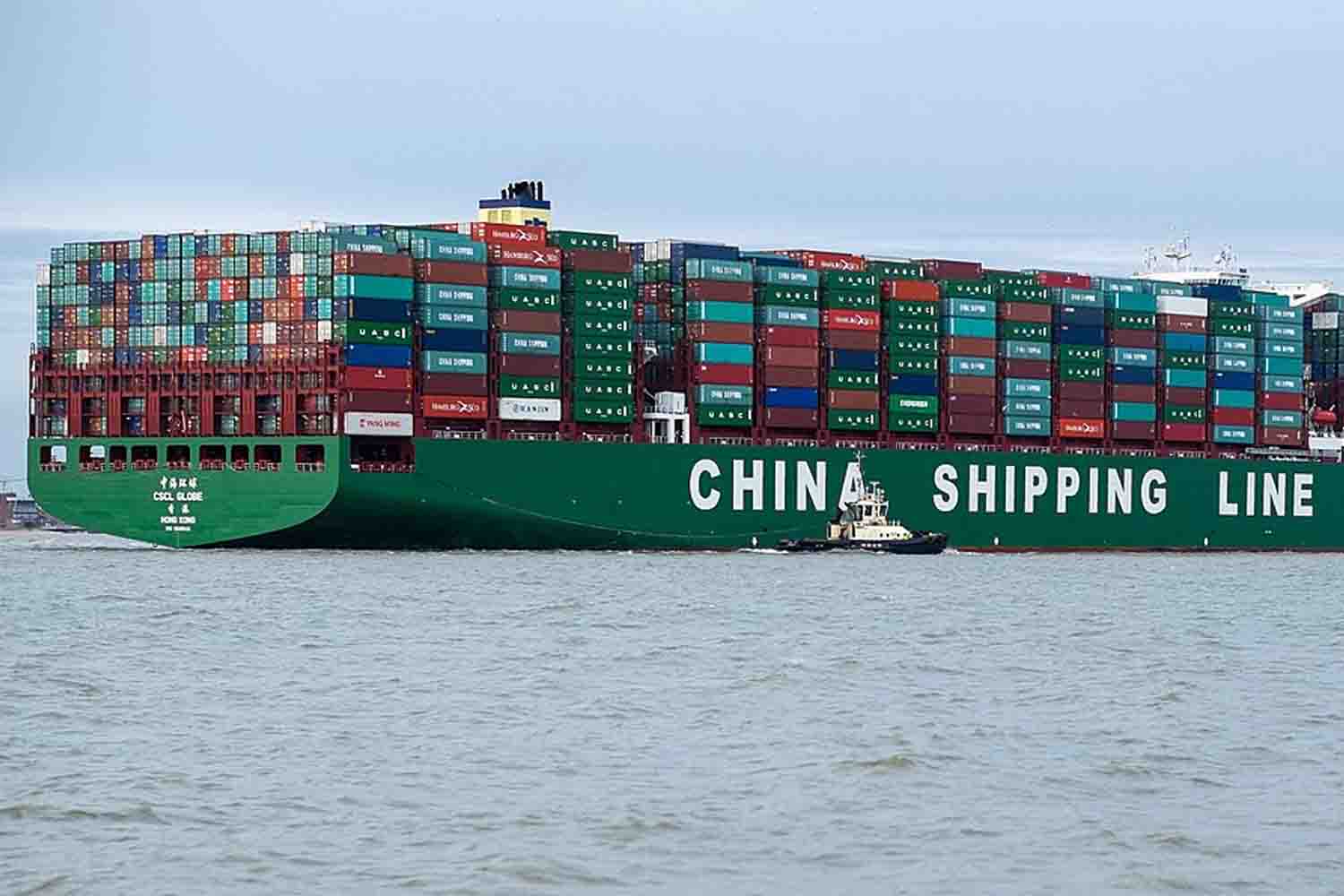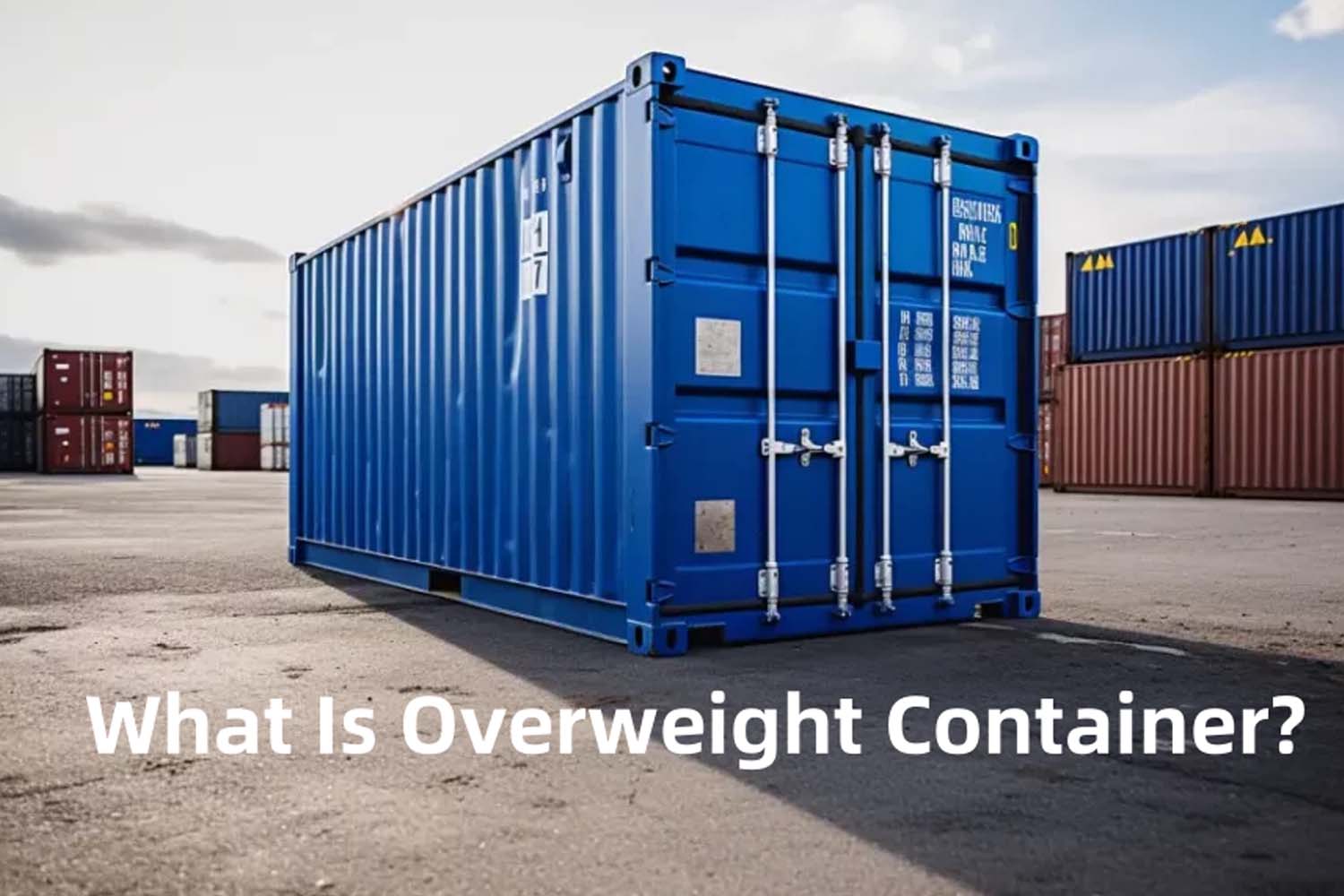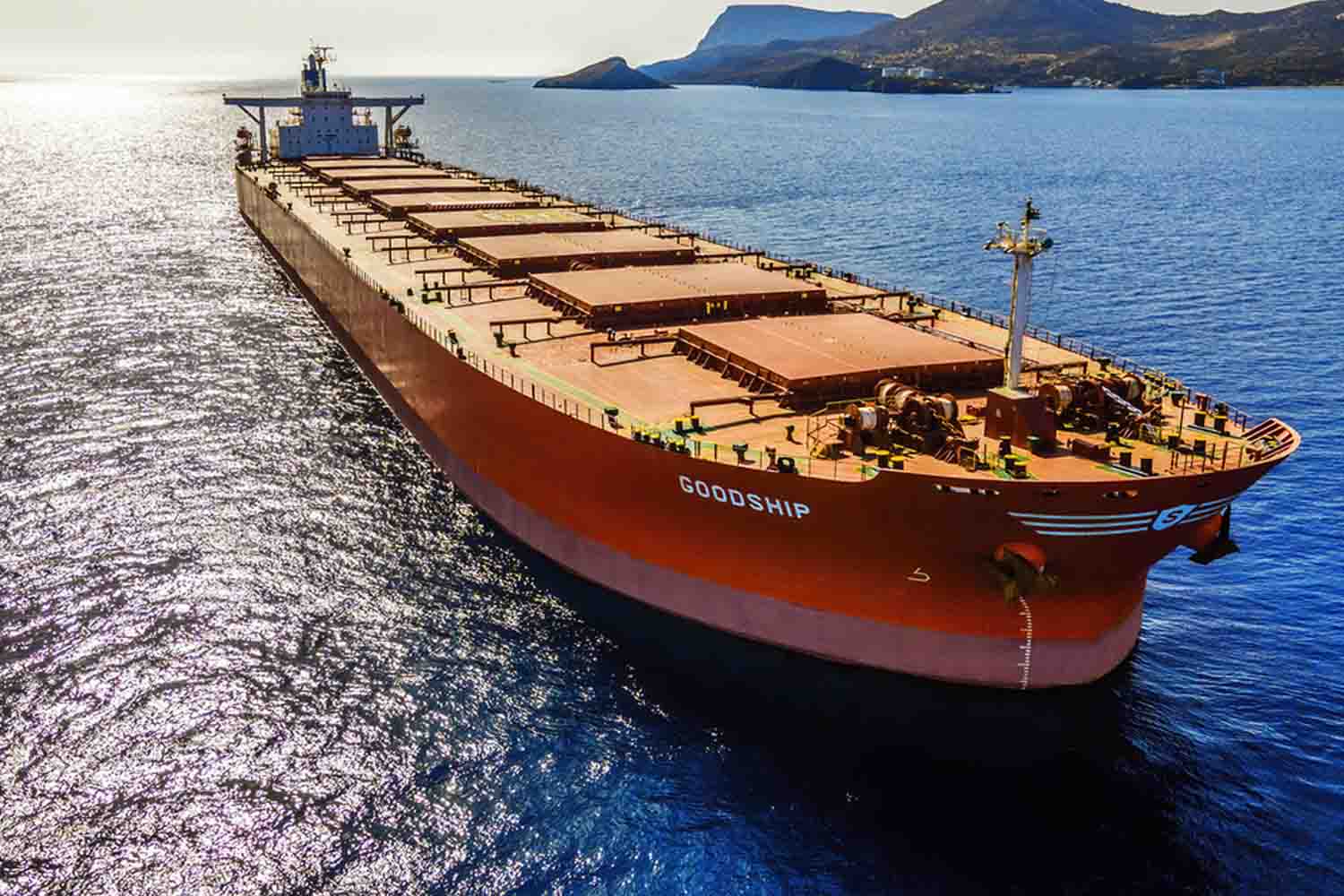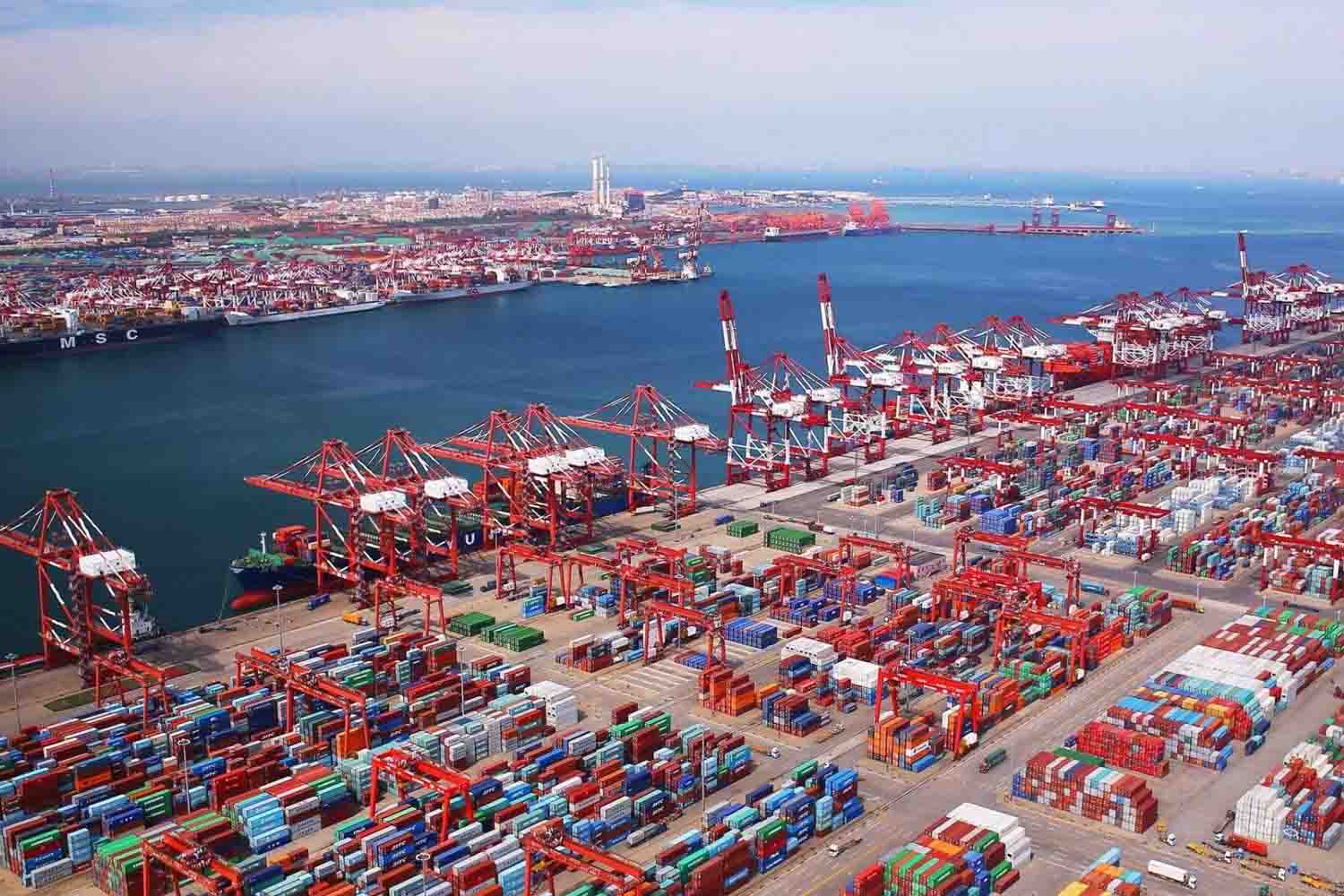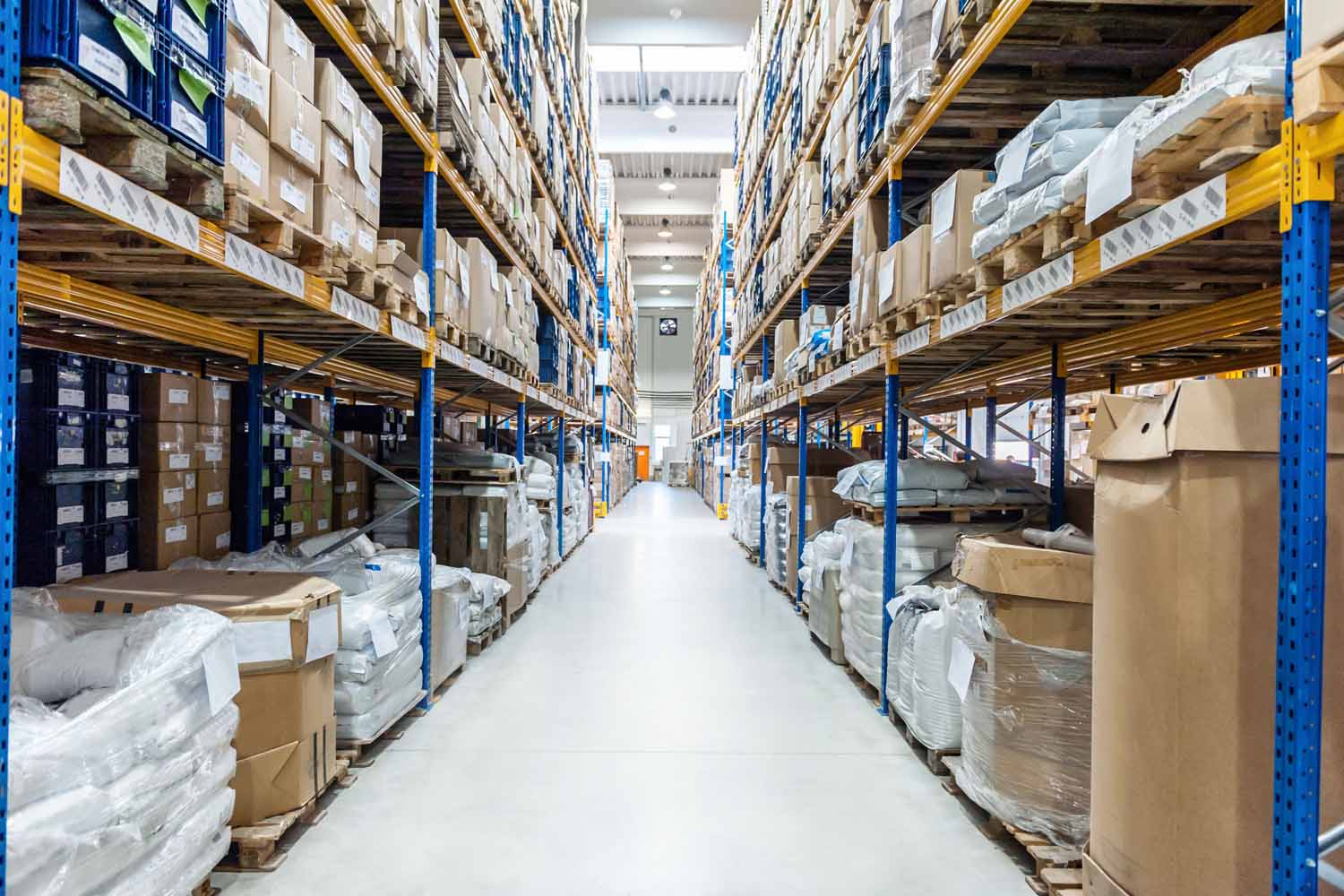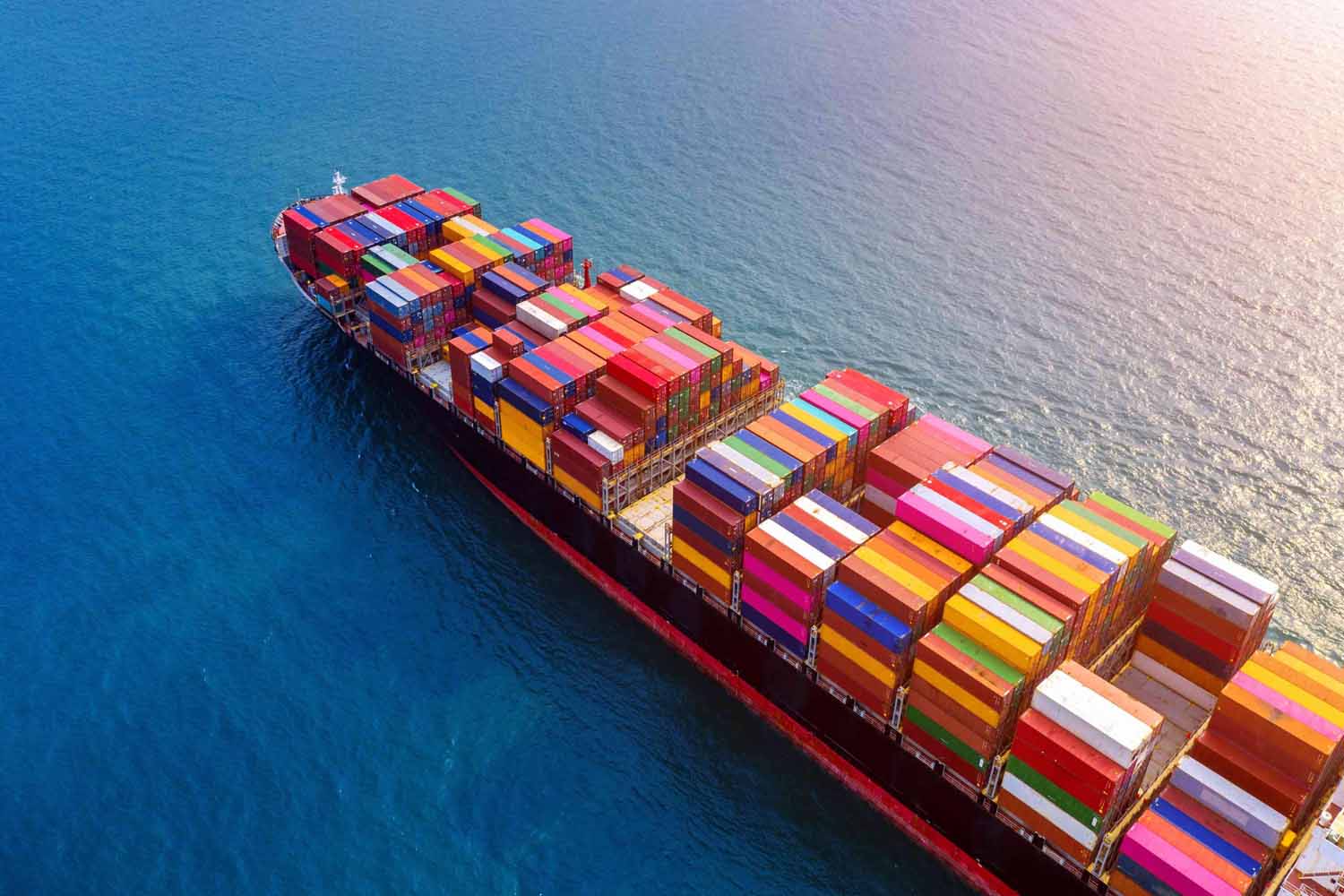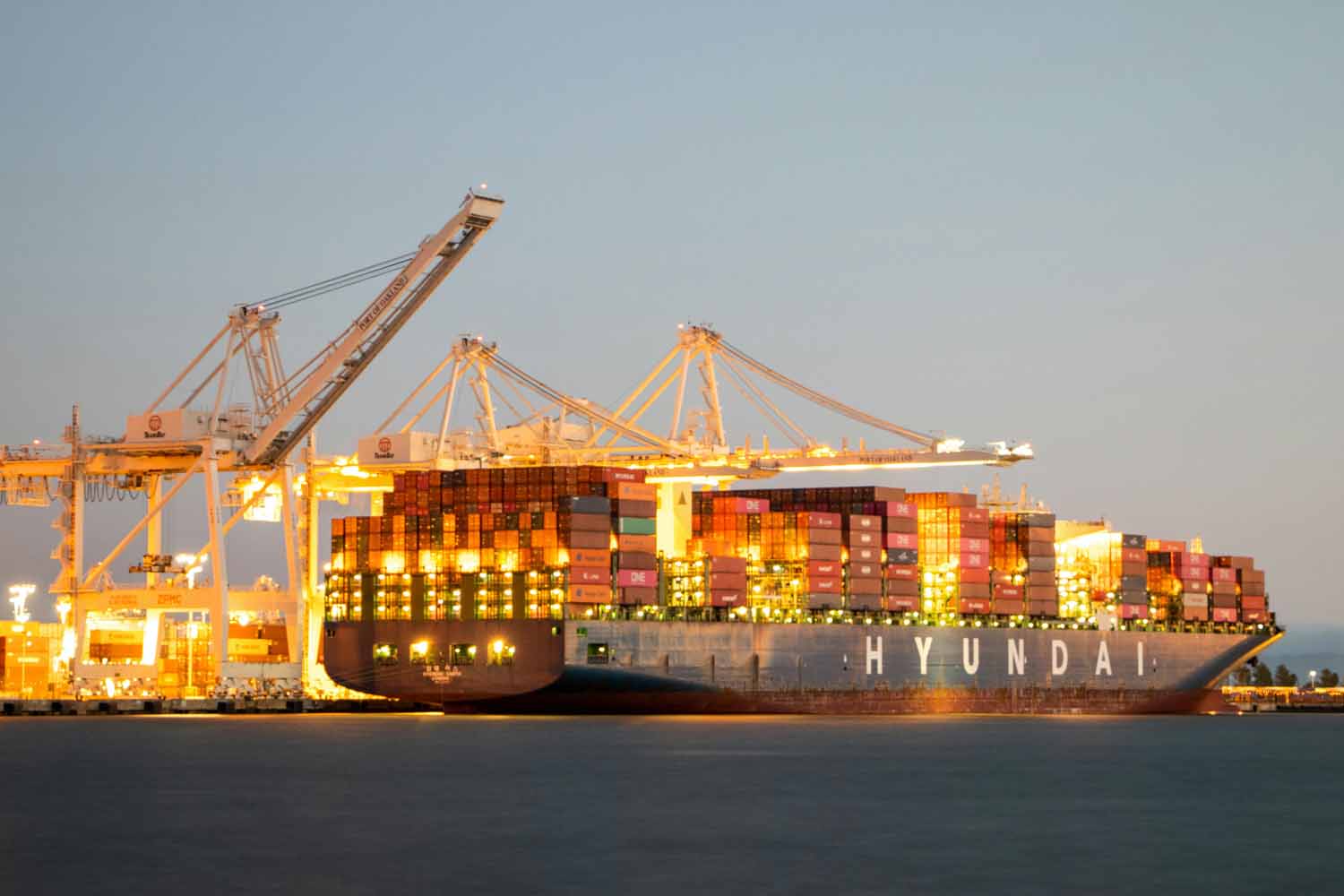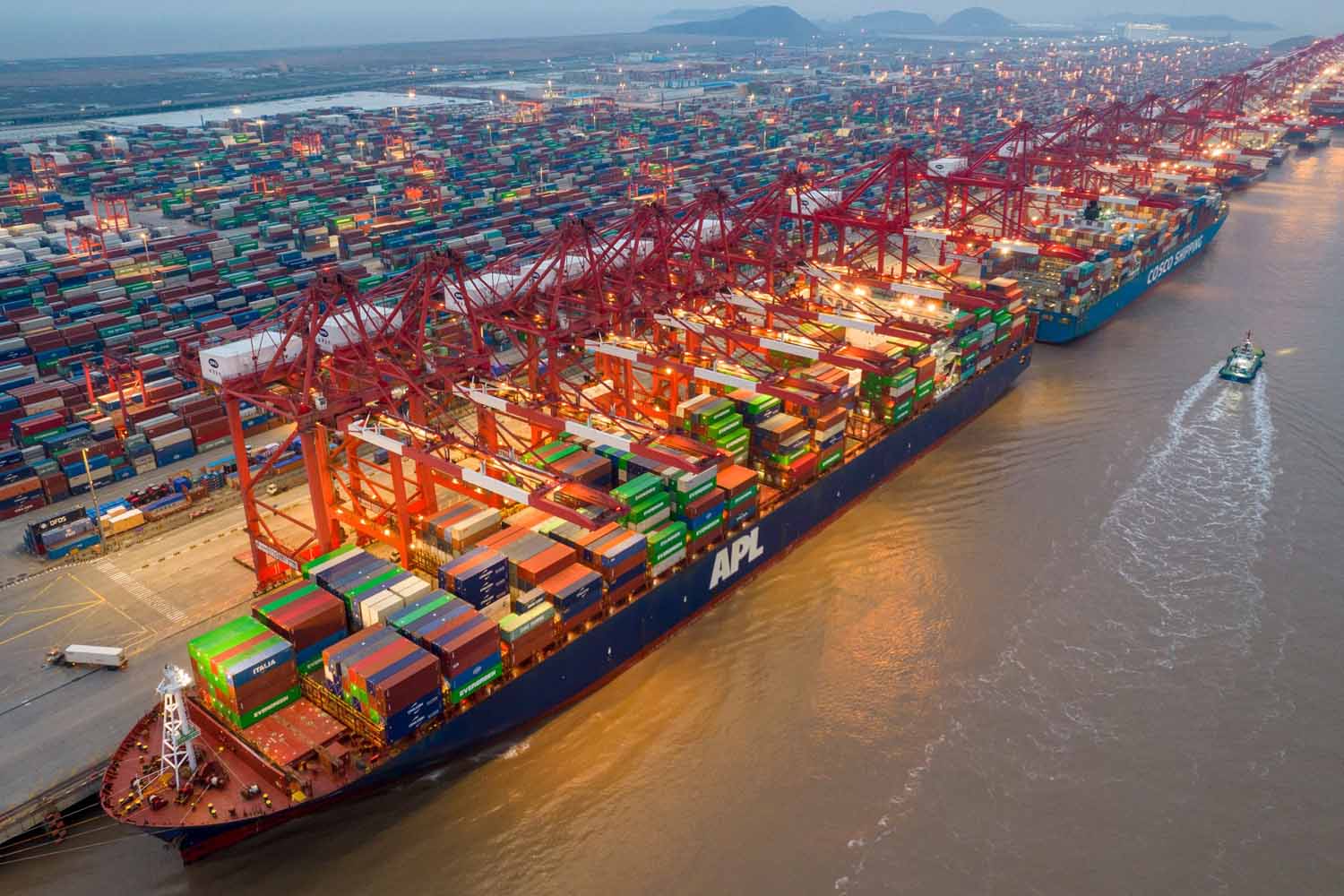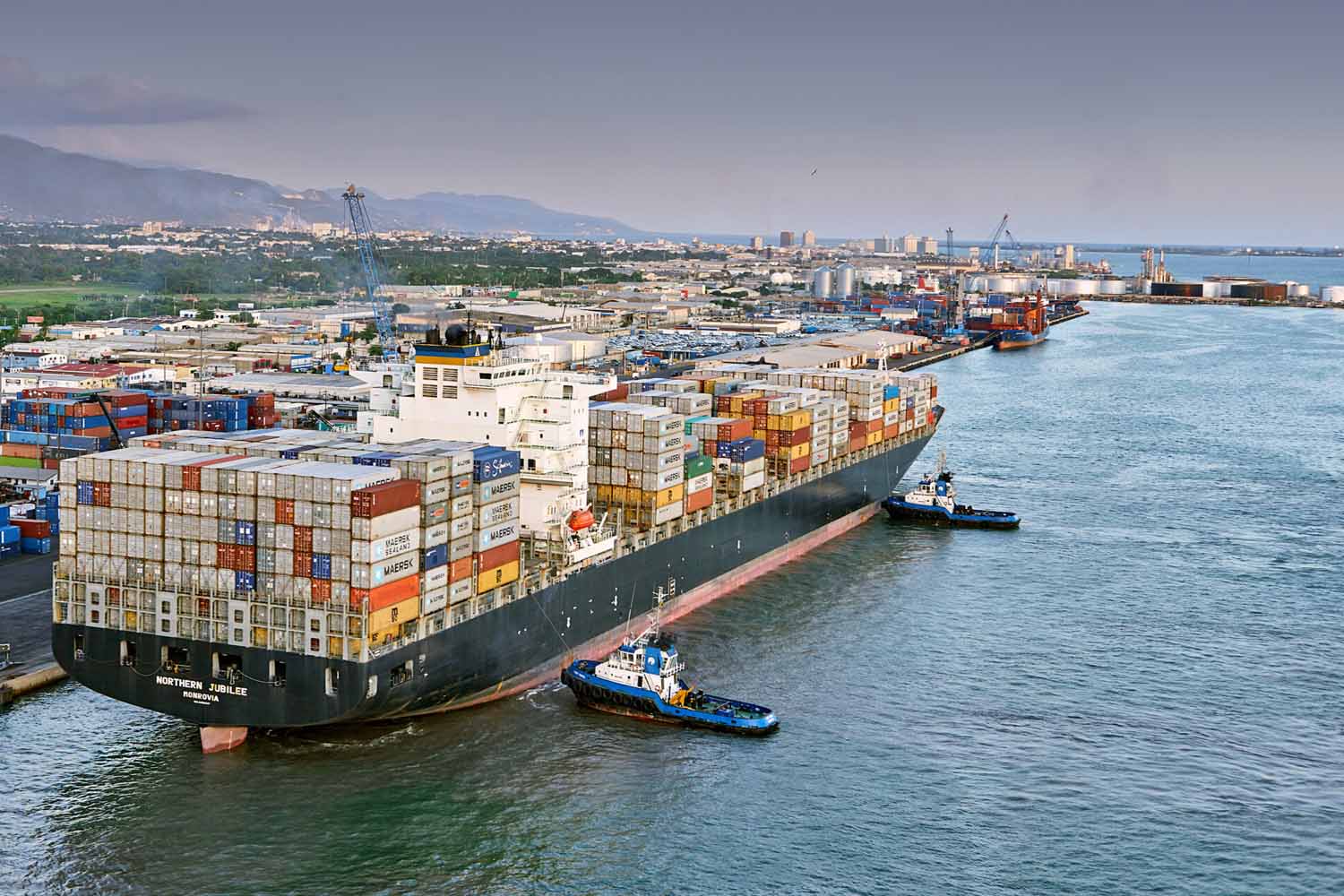Essence Terms About Shipping Cargo Container From China
Essence terms you need to know for shipping cargo container from China. There are a lot of container knowledge. In this article, we will only introduce those container terms you may frequently encountered.
In the collection page Cargo container know-how, you can view all the container-related content in our website.
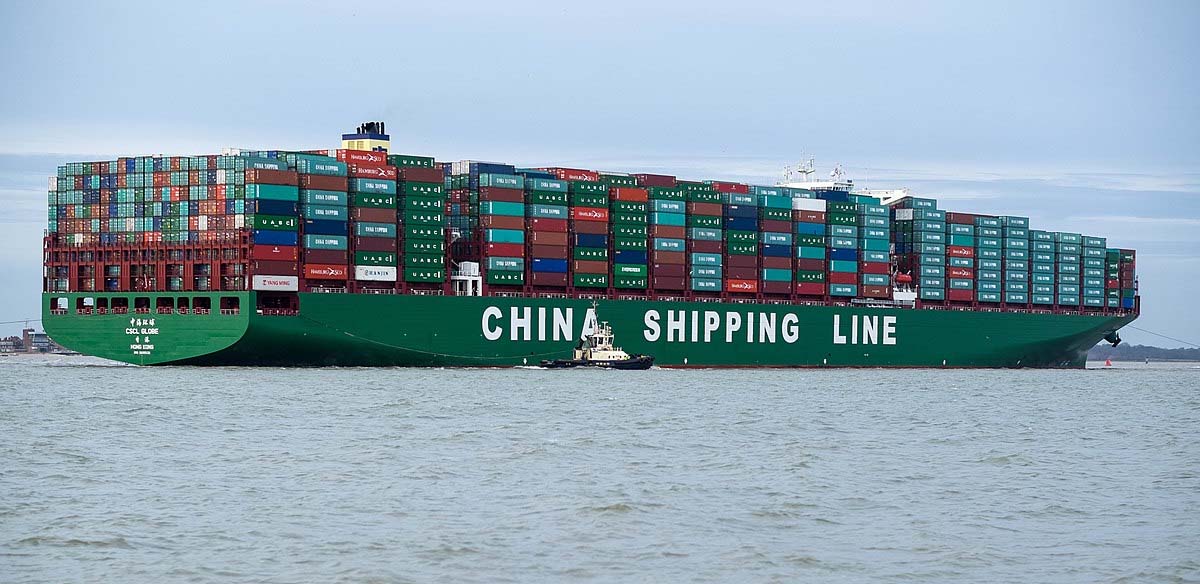
Container Sizes and Types
Large Containers: When shipping cargo containers from China, large containers like the 40-foot options (40GP and 40HQ) are essential for transporting bulk shipments. These containers provide ample space for various types of goods, making them a popular choice for businesses looking to maximize their shipping efficiency and reduce costs per unit.
Small Containers: A 20-foot container (20GP) is ideal for smaller loads. These containers offer flexibility and cost-effectiveness, allowing businesses to ship smaller quantities without paying for unused space. This option is perfect for companies that have smaller, frequent shipments.
Double Stack Transport: This involves the transport of two small containers simultaneously, optimizing shipping efficiency from China. By utilizing double stack transport, businesses can significantly lower transportation costs and improve turnaround times, making it a strategic choice for high-volume shipping routes.
LCL vs. FCL Shipping
LCL (Less than Container Load): Ideal for smaller shipments, LCL allows different shippers to share space in a single container. This method reduces costs significantly when shipping cargo containers from China, especially for companies that do not have enough goods to fill an entire container. It also provides flexibility in scheduling shipments.
FCL (Full Container Load): Best for larger shipments, FCL means your goods exclusively occupy the container. This option offers more security and faster handling, as there is no need to consolidate or deconsolidate cargo. It is the preferred choice for businesses with high-volume shipments or sensitive goods that require dedicated space.
Common Container Specifications
20GP: Measures 6.1m x 2.44m x 2.59m, with a volume of 24-26 m³. It’s suitable for up to 17.5 tons of cargo, making it a versatile choice for various types of goods, from machinery to textiles.
40GP: Measures 12.2m x 2.44m x 2.59m, with a volume of 54 m³. It can handle up to 22 tons, making it a popular choice for shipping cargo containers from China, especially for larger consignments like electronics or furniture.
40HQ: Offers more space with dimensions of 12.2m x 2.44m x 2.9m and a volume of 68 m³. The additional height makes it perfect for voluminous but lightweight cargo.
45HQ: For maximum capacity, it measures 13.58m x 2.34m x 2.71m with 86 m³ volume, supporting up to 29 tons. It’s ideal for businesses needing extra space without compromising on weight limits.
High Cube vs. Standard Containers
Height and Volume: High cube containers provide an extra foot in height, offering about 10 m³ more space. This additional space is crucial for shipping larger items or stacking goods more efficiently when shipping cargo containers from China.
Weight Considerations: Although high cubes have a higher tare weight, they are perfect for lighter, voluminous goods. This makes them a strategic choice for shipping items like furniture or large appliances that require more space but are not overly heavy.
Understanding Container Weights
Tare Weight: This is the weight of an empty container. Knowing this is crucial for calculating total shipment weight and ensuring compliance with shipping regulations when shipping cargo containers from China.
Loaded Container (Gross Weight): Includes both the tare weight and the cargo weight. Accurate calculation of gross weight is vital to avoid penalties and ensure safe transport.
Empty Containers (Lucky Containers)
In regions like Guangdong, empty containers are called “lucky containers” to avoid negative connotations. This cultural nuance is important in logistics, as it reflects local customs and practices that can influence business interactions.
Container Handling Terms
Back Heavy Container: Refers to transporting a loaded container from one location to another. This process is crucial for maintaining the flow of goods in the supply chain.
Drop Heavy Container: Involves unloading a container at a designated station. Efficient handling at this stage is essential for timely distribution of goods.
Back Empty Container: Transporting an empty container for loading is a common practice to prepare for the next shipment.
Drop Empty Container: Unloading an empty container at a station helps in managing container inventory and availability.
Types of Containers
DC (Dry Container): Standard for most dry goods, these containers are versatile and widely used for a variety of products, from electronics to textiles.
OT (Open Top): Useful for oversized cargo that requires top loading, such as heavy machinery or large equipment.
Bill of Lading Number
Essential for tracking and identifying shipments when shipping cargo containers from China. It confirms cargo ownership and transport details, ensuring accountability and traceability throughout the shipping process.
Container Number
A unique identifier crucial for tracking the status and location of your shipping cargo container from China. This number allows for real-time updates and efficient management of logistics.
Seal Number
A unique identifier crucial for tracking the status and location of your shipping cargo container from China. This number allows for real-time updates and efficient management of logistics.
Export
Involves loading, customs clearance, and shipping from China. Understanding export procedures is critical for compliance and efficient logistics.
Import
Includes customs clearance and delivery to the final destination. Efficient import processes ensure timely delivery and customer satisfaction.
Handling Empty Runs
Sometimes necessary to return an empty container due to loading issues, impacting logistics efficiency. Managing empty runs effectively can reduce costs and improve resource utilization.
Container Yard Operations
These facilities near ports manage storage and logistics, playing a key role in shipping cargo containers from China. Efficient yard operations are essential for quick turnaround and reduced demurrage costs.
Bill of Lading Contents
Includes essential details like cargo description, weight, and consignee information, crucial for international shipping. Accurate documentation prevents delays and ensures smooth customs clearance.
Shipping Precautions
Clear communication about container type, load, and special requirements ensures smooth shipping from China. Taking these precautions minimizes risks and enhances the efficiency of the shipping process.
Dispatch Note Details
Must be precise, including all necessary shipping details to avoid errors in transporting cargo containers from China. A well-prepared dispatch note facilitates coordination and reduces the likelihood of miscommunication.
Equipment Interchange Receipt
A vital document for tracking container pick-up and return, ensuring accountability in the shipping process. This receipt is important for resolving disputes and maintaining accurate records.
Overload and Overweight Issues
Understanding vehicle and container weight limits is critical to avoid penalties and ensure safe transport. Proper weight management is essential for compliance and preventing damage to infrastructure.
Loading and Unloading Processes
Efficient loading and unloading are essential for timely delivery and cost management when shipping cargo containers from China. These processes impact overall shipping efficiency and customer satisfaction.
Round Trip Load
Maximizing efficiency by transporting goods both ways, reducing costs and environmental impact. Round trip loads optimize resource use and contribute to sustainable logistics practices.
Weight-Based Tolling
Toll fees based on vehicle weight, important for budgeting in logistics. Understanding these costs helps in accurate pricing and cost management.
Damaged Container Fees
Fees incurred for container damage, which can affect shipping costs from China. Proper handling and insurance can mitigate these risks and protect against unexpected expenses.
Washing Fees
Necessary for maintaining container cleanliness, impacting overall shipping expenses. Regular cleaning ensures containers meet hygiene standards and are ready for the next shipment.
By understanding these aspects, businesses can optimize the process of shipping cargo containers from China, ensuring efficiency and cost-effectiveness.



